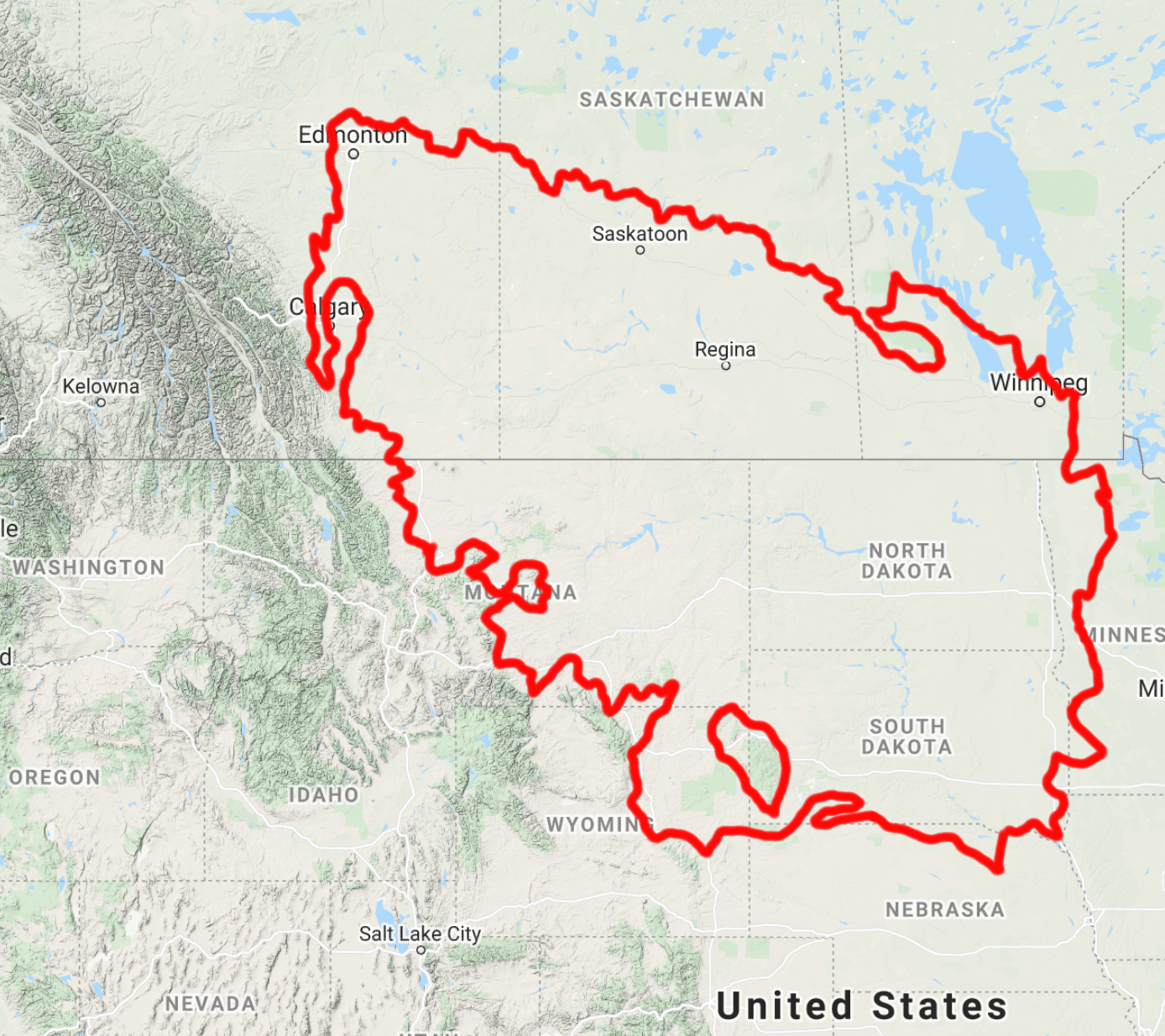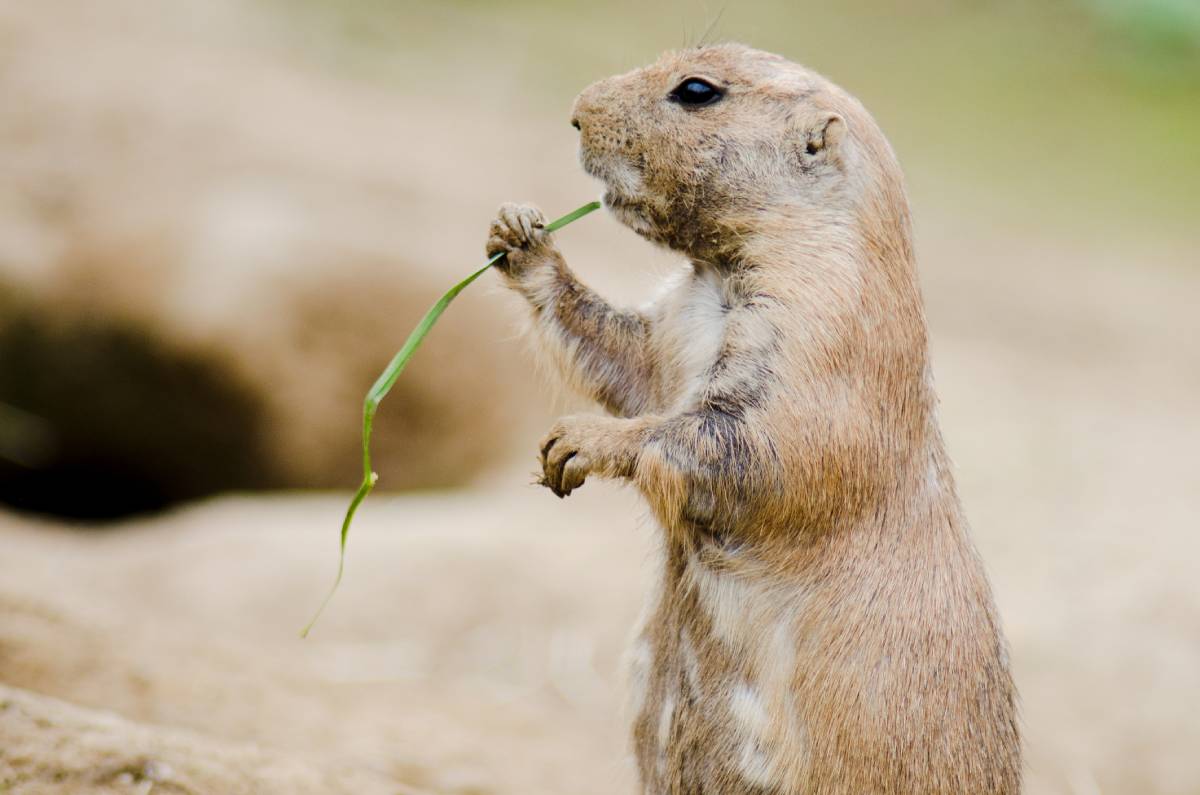Black-tailed prairie dog: helping the Great Plains flourish
Our “Species of the Week” series highlights the flagship species of each of the 844 unique ecoregions contained within Earth’s bioregions.
Long, golden grasses sway like waves in the ocean across the unencumbered prairie. Expanding across five US states and two Canadian provinces, this is the largest grassland ecoregion in North America. Bison, bighorn sheep, elk, and white-tailed deer rely on this vegetation for food, and bobcats, coyotes, swift foxes, and prairie rattlesnakes thrive on the creatures that make their homes within the immense wilderness. However, it is one particular species that make this habitat flourish. Scurrying about is the black-tailed prairie dog and it is with all this motion that they have been called “ecosystem engineers.”

Black-tailed prairie dogs are the flagship species of the Northern Shortgrass Prairie ecoregion, located in the Northern Prairie & Aspen Forests bioregion (NA12).
A member of the rodent family Sciuridae that includes squirrels, chipmunks, marmots, black-tailed prairie dogs are tan in color except for the distinct black end of their tail in which they get their name. Adults measure 36 to 43 centimeters (14 to 17 inches) long and weigh around 1 kilogram (between 2 and 3 pounds.) This drastically changes by season. When the sun is out and food is plentiful, black-tailed prairie dogs can be best described as a bit ‘chonky.’ During the fall and winter seasons though, they will lose 20 percent of their body weight as they go through torpor. This is not hibernation, however, as they continue to rummage around the prairie but evolutionarily are able to drop their metabolism and heart rate at night to conserve energy in the cold.
There is hardly a grass in the Great Plains that the black-tailed prairie dog will not eat, or at least consider. It is this foraging along with the burrowing of their tunnels that help aerate and fertilize the soil, allowing a greater diversity of plants to thrive. Research suggests that grasslands inhabited by black-tailed prairie dogs support higher biodiversity than grasslands not occupied by them. Many species, like black-footed ferrets, will use abandoned prairie dog burrows as homes. Black-tailed prairie dogs dig U-shaped chambers connected by tunnels that have been measured as deep as 4.5 meters (15 feet).

Within these burrows, black-tailed prairie dogs live in colonies ranging from five to thousands of individuals. They are highly social creatures with sophisticated vocal language. High-pitched yips and barks are used to warn about the presence of predators, scold offspring, and find a mate. Breeding occurs in Spring with one litter born per year. This, however, only occurs if space and food are abundant.
Once probably the most abundant mammal across the United States, black-tailed prairie dogs have experienced massive population decline. Frequently viewed as pests, farmers and ranchers exterminated them, and land development has occured in large parts of their range. Though their habitat has been fragmented and their numbers have been greatly reduced, the US Fish and Wildlife Service removed the black-tailed prairie dog from the Endangered Species Act Candidate Species List in August 2004. Conservation projects like expanding the Heartland Ranch Nature Preserve in Colorado have benefited the species greatly.
.jpg?auto=compress%2Cformat&w=1440)


